The Irian Jaya Blue Tongue Skink — (T. sp)
(The Irian Jaya is as of yet, scientifically undescribed.)
The Irian Jaya is quite a misunderstood species, and is the constant topic of argument. There are several differing opinions among experts; some believing this "species" shouldn't even exist at all. It's official name at this time is Tiliqua sp.—which essentially just means "species". Part of the argument is attributed to the animal's wide range of differentiating color, markings, and general size and appearance. The animal literally has so many differing attributes, that experts just don't know which species to place it in. One theory suggests that the Irian Jaya is a natural Indonesian/Eastern hybrid that occured naturally over hundreds of years when there used to be a land bridge (isthmus) connecting Indonesia and Australia. As of right now, the "Irian Jaya" blue tongue is not classified with any latinized name. It is commonly advertised as "scincoides" with breeders and on shipping manifests because that is a theory that was introduced during its discovery in the early 90's. Many breeders, exporters and importers to this day still use the species "scincoides" while selling the Irian Jaya (or any BTS for that matter), which officially, is incorrect. The Irian Jaya blue tongue is NOT classified as a scincoides specimen, nor is it classified as an Indonesian (gigas) specimen. There are markings on this animal that display traits from both the Australian scincoides species, and the Indonesian gigas species. Thick colorful bands would suggest a scincoides classification, yet the heavily marked forelegs would suggest a gigas classification (not to mention the IJ live among the Indonesians). Glenn Shea has recently stated that until more information is gathered for the "Irian Jaya", it shall be classified as T. gigas evanescens. That however, is the classification of the Merauke. These are two clearly separate species, and should not share the same name. Perhaps one day, this beautiful specimen will receive its own classification. Until then, they are undescribed. Note: "Irian Jaya" is just a broad nickname for this animal.
Aside from the confusion, the IJ is a beautiful animal, easy to find, and typically has a very friendly disposition. They usually grow from 18-22 inches, and give birth to 5-15 offspring depending on their size. One more interesting fact, if you breed Irian Jaya with another species, the babies almost always look Irian Jaya (this supports the natural hybridization theory). Offspring are very cute, usually supporting abnormally over-sized heads. Colors vary with many shades of browns, oranges and reds that are intertwined into beautifully connected and broken bands. Bellies are often bright red. Besides the Western, many Irian Jayan species could take the cake for the most beautifully colored skink considering their myriad of color variations. The Irian Jaya has also infrequently been called the 'black blue tongued skink' which is not a correct name.
•Extensive Reading Thanks to James Wilson
•Information including history, tourism & more!
•Map of Indonesia & Irian Jaya
•See how "Irian Jaya" is pronounced
Irian Jaya— "A province of Indonesia occupying the western half of New Guinea and about 12 offshore islands. Before it was ceded to Indonesia by the Netherlands in 1963, it was known as Dutch New Guinea. It was renamed Irian Jaya in 1973."
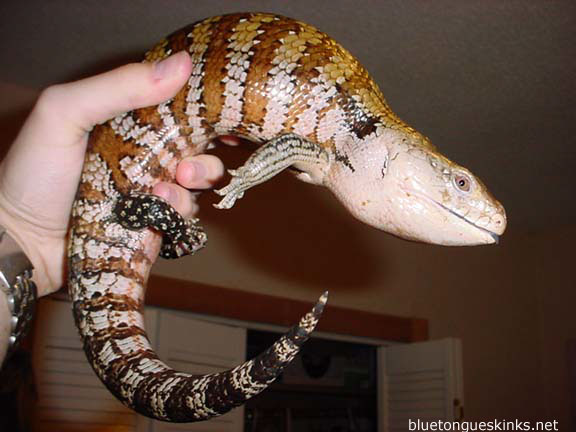
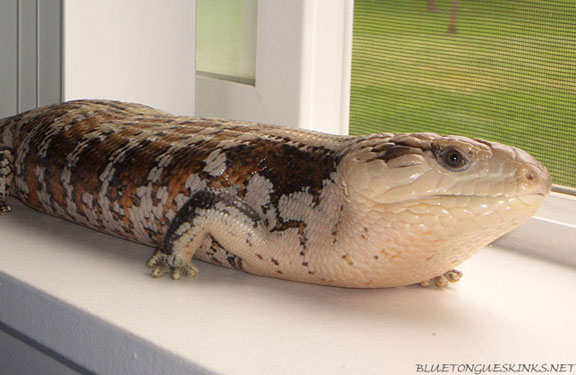
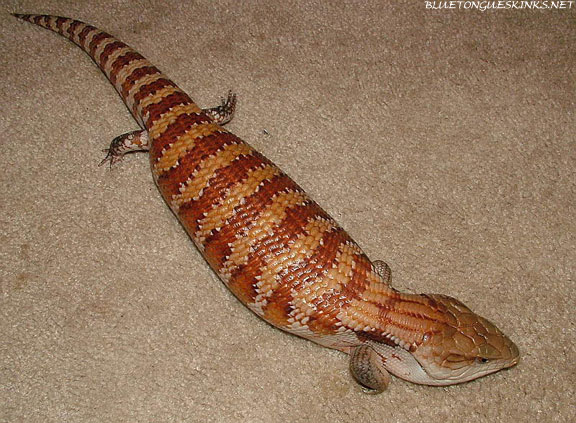
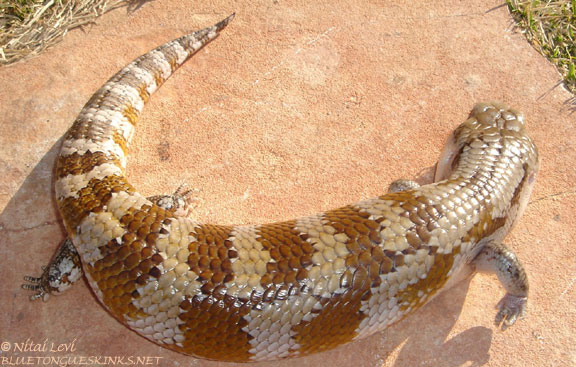
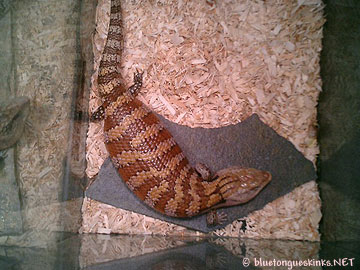
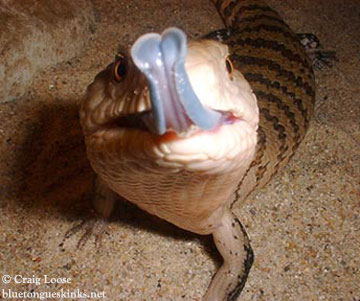
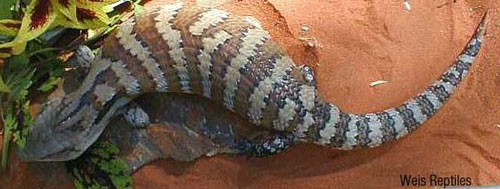
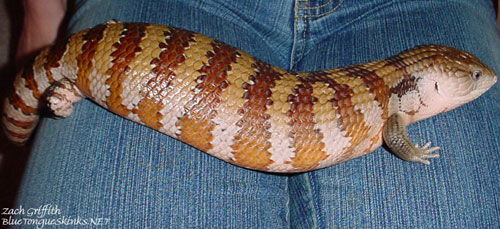

This is a baby we produced in 2004 that has an ususual spot in the middle of its back.
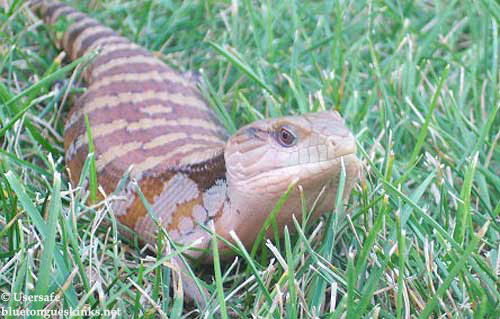
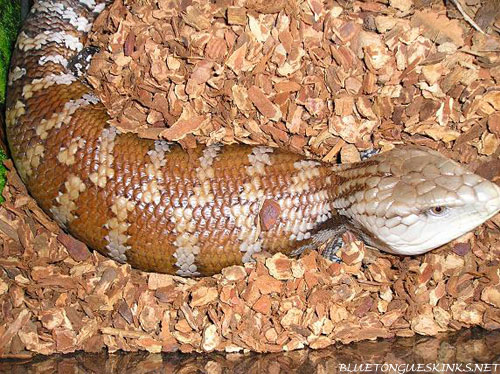
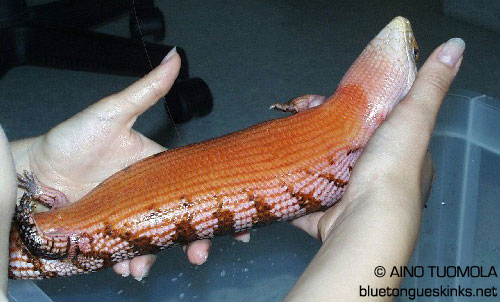
Irian Jaya babies
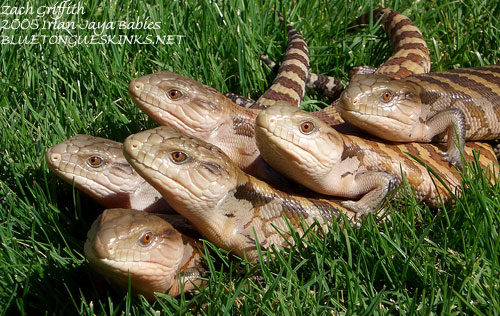
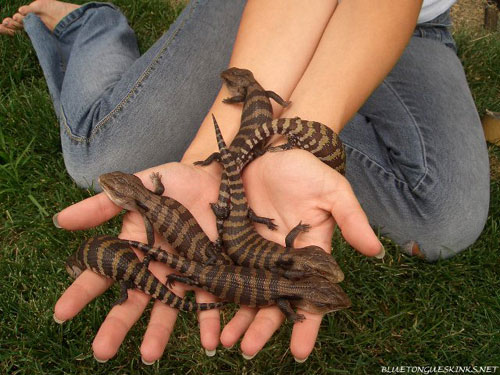
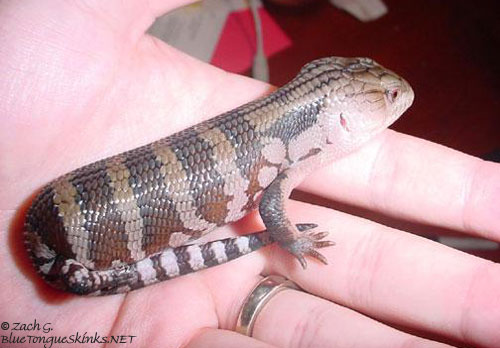

 ®
®
 ®
®